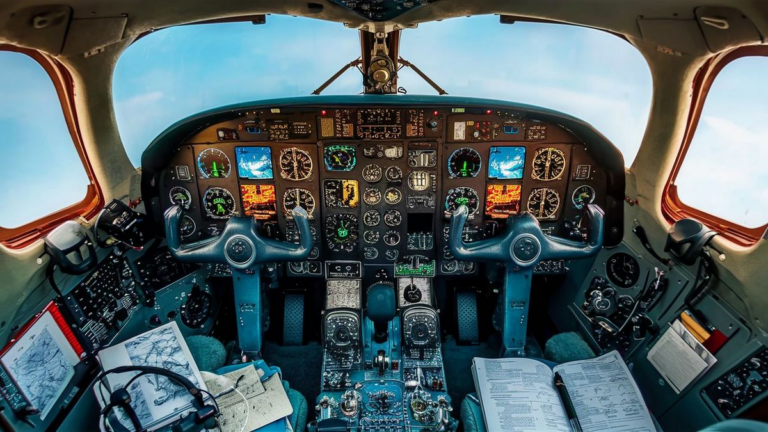Discover the comprehensive list of twin-engine aircraft, ranging from commercial airliners to military jets, showcasing the versatility and capability of twin-engine designs in aviation.
Commercial Twin-Engine Aircraft
In the realm of commercial aviation, twin-engine aircraft play a crucial role in connecting destinations efficiently while ensuring passenger safety and comfort. Here are some notable examples:
| Aircraft | Manufacturer |
|---|---|
| Boeing 737 | Boeing Commercial Airplanes |
| Airbus A320 | Airbus |
| Embraer E-Jet Family | Embraer |
Military Twin-Engine Aircraft
For military applications, twin-engine aircraft offer enhanced performance, resilience, and mission capability. Here are some prominent examples:
| Aircraft | Country |
|---|---|
| F-15 Eagle | United States |
| Lockheed Martin F-22 Raptor | United States |
| Dassault Rafale | France |
General Aviation Twin-Engine Aircraft
General aviation enthusiasts and private pilots often opt for twin-engine aircraft for their increased redundancy and performance capabilities. Here are notable examples:
| Aircraft | Manufacturer |
|---|---|
| Beechcraft Baron | Beechcraft |
| Cessna 310 | Cessna |
| Piper PA-34 Seneca | Piper Aircraft |
Twin-engine aircraft encompass a wide array of models across various sectors of aviation, serving commercial, military, and general aviation needs. Their design offers redundancy, enhanced performance, and increased safety, making them integral to modern aviation operations.
Frequently Asked Questions
Here are some common questions about twin-engine aircraft:
- What are the advantages of twin-engine aircraft?
- Are twin-engine aircraft safer than single-engine ones?
- How do twin-engine aircraft differ in commercial and military applications?
- What role do twin-engine aircraft play in general aviation?
Advantages of Twin-Engine Aircraft
Twin-engine aircraft offer several advantages over single-engine counterparts:
- Enhanced redundancy: Twin-engine configurations provide a backup in case one engine fails.
- Improved performance: Dual engines often result in better climb rates, higher cruise speeds, and increased payload capacities.
- Long-range capabilities: Many twin-engine aircraft are capable of flying longer distances without the need for refueling.
Safety Comparison
While twin-engine aircraft do offer redundancy, whether they are inherently safer than single-engine aircraft depends on various factors such as maintenance, pilot training, and operating conditions.
Single-engine aircraft can be designed and operated safely for specific missions, and modern technology has significantly improved their reliability.
Commercial vs. Military Applications
In commercial aviation, twin-engine aircraft are preferred for their fuel efficiency, allowing airlines to operate cost-effectively on shorter to medium-haul routes.
In contrast, military twin-engine aircraft prioritize performance, agility, and mission versatility, often incorporating advanced avionics and weapon systems for combat roles.
General Aviation Role
Twin-engine aircraft in general aviation serve a range of purposes, from personal transportation to business travel and air charter services. Their redundancy and performance capabilities make them popular choices among private pilots and aviation enthusiasts.
See also:






